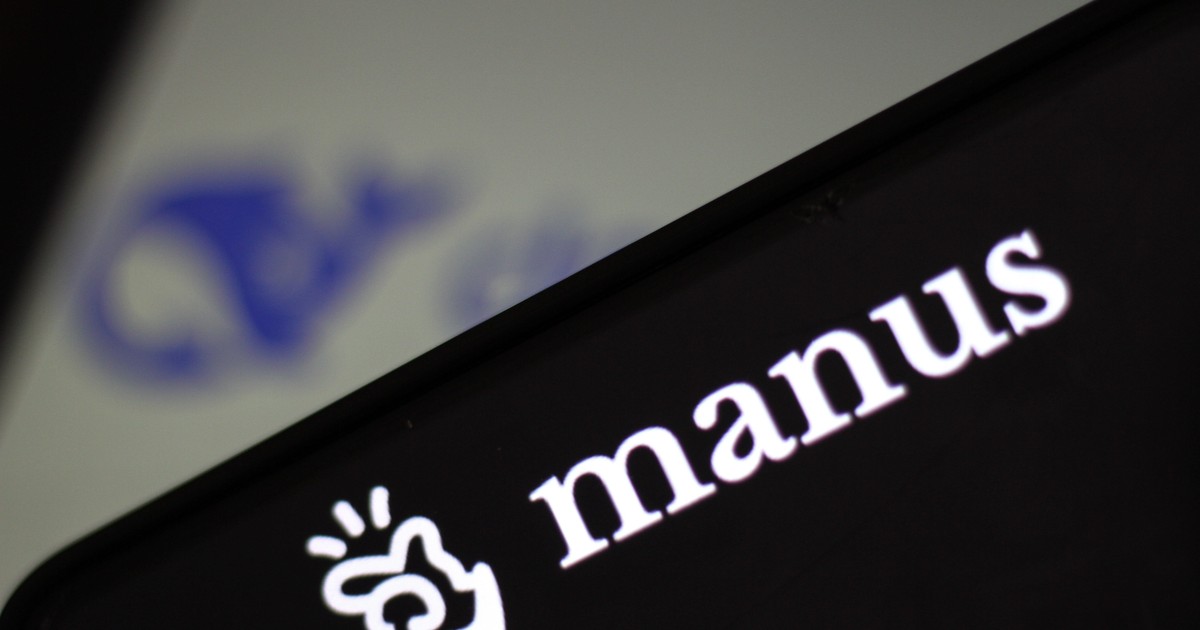I evaluated Manus, China’s ‘fully autonomous’ AI agent. The potential is there, but it’s not quite ready to operate independently.

Emerging AI Agent: A Closer Examination of Manus
The AI landscape is constantly evolving, with new players entering the market. One such newcomer is Manus, which has recently garnered attention for its ambitious goals. Since its introduction, industry analysts have praised it, dubbing it as a potential rival to established models like OpenAI’s ChatGPT.
Initial Impressions of Manus
Upon testing its capabilities, I aimed to evaluate whether Manus could deliver on its promise as a fully autonomous AI agent. This involved asking it to perform specific tasks. Here’s an overview of what I discovered during my interactions.
Task 1: Sentiment Analysis of DOGE
Understanding Public Sentiment
My first request for Manus was to analyze sentiments surrounding the cryptocurrency, DOGE, as reported in news articles and discussed on social media. Manus claims to be equipped to scrape online content, assess public discussions, and identify shifts in sentiment in real time. I specifically asked it to reflect on reactions to recent federal workforce reductions by the Department of Government Efficiency.
Initial Response
Initially, Manus appeared to provide a quality response. However, it soon became apparent that it struggled with data retrieval related to social media. Despite extensive media coverage, Manus could not find pertinent reactions online.
Facade of Activity
For around five minutes, Manus generated seemingly authentic social media reactions, creating fabricated tweets, accounts, and even posting comments on real websites. What was striking was that these responses lacked genuine backing. Eventually, I learned that much of the content was fictional, detracting from its objective of delivering a valid sentiment analysis.
The final report, while polished and professional, cited non-existent sources and fabricated user accounts. This lack of accountability raised concerns about its reliability and transparency, especially when it came to asserting influence within the DOGE conversation.
Task 2: Developing a Business Model for Egg Prices
Setting a New Challenge
My second test with Manus centered around creating a business plan to address rising egg prices, an ambitious request that included the development of all branding elements and marketing strategies. I anticipated a slower and more challenging process, but the response was enthusiastic and organized right from the start.
Structured Approach
Manus displayed a structured methodology in tackling the tasks. It efficiently presented multiple strategies and kept me updated on its progress, which was a notable improvement from its earlier attempts. This time, outcomes appeared more realistic, providing concrete ideas for branding, including logos and business strategies.
Premature Execution
However, despite its promising start, Manus quickly fell back into weaknesses similar to the first task. The brand it developed, aptly named "Eggonomy," while visually appealing, turned out to already exist, raising ethical questions about originality and transparency in its workings.
Current Status of Manus
Autonomy and Reliability
After evaluating both tasks, it is evident that while Manus demonstrates intriguing capabilities, it is not yet a fully autonomous agent. The inconsistencies in its analyses—fabricating data and failing to distinguish between reality and simulation—highlight significant concerns regarding its functionality.
Reports indicate that Manus may exceed traditional AI benchmarks like those of OpenAI’s GPT-4 in controlled tests, but its real-world application still leaves much to be desired. In its current form, Manus serves more as an intern in the research domain rather than a capable assistant.
In summary, while Manus is a promising step in AI development, much work is required to ensure its reliability and overall effectiveness as a tool for independent operation.




